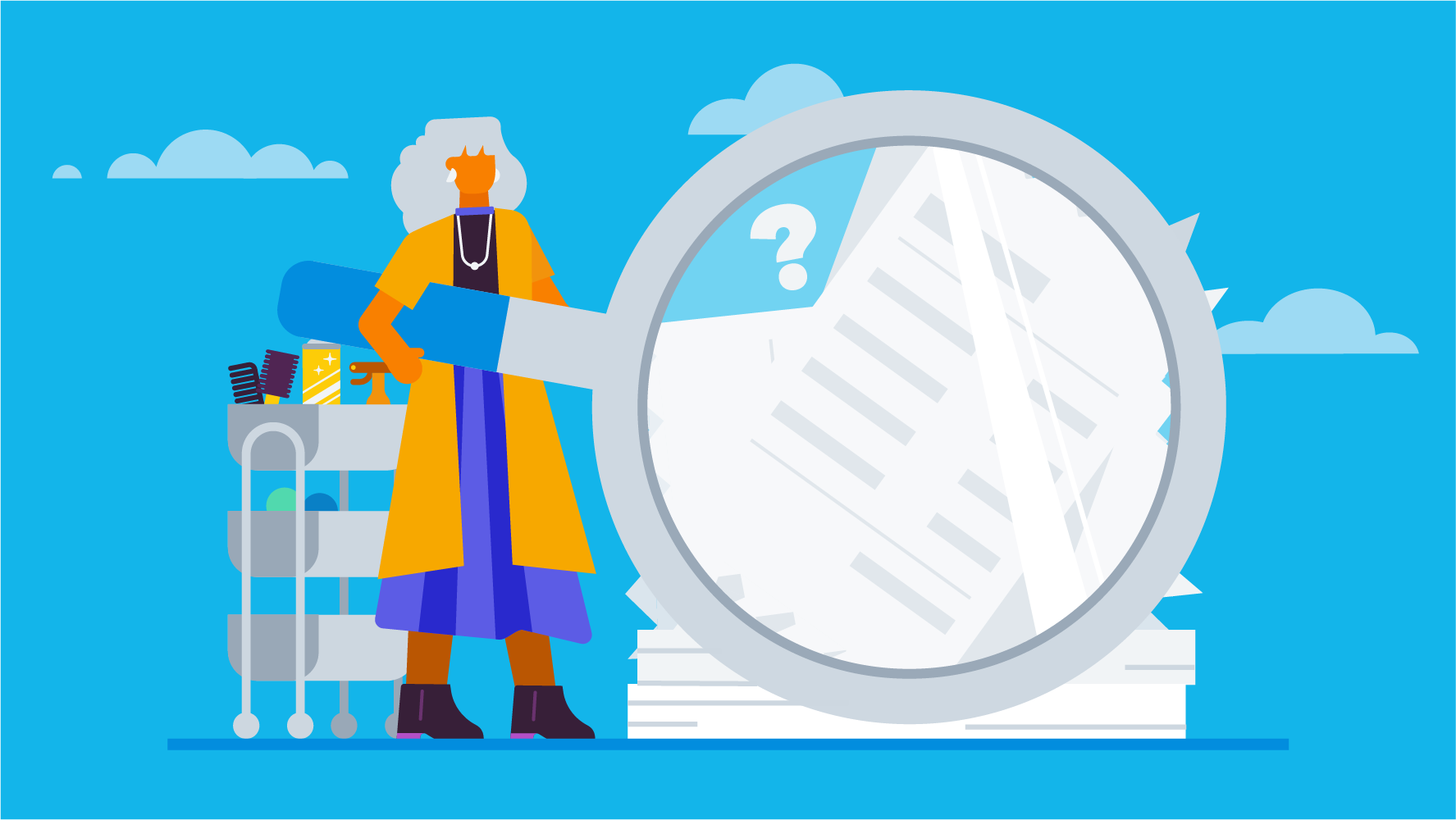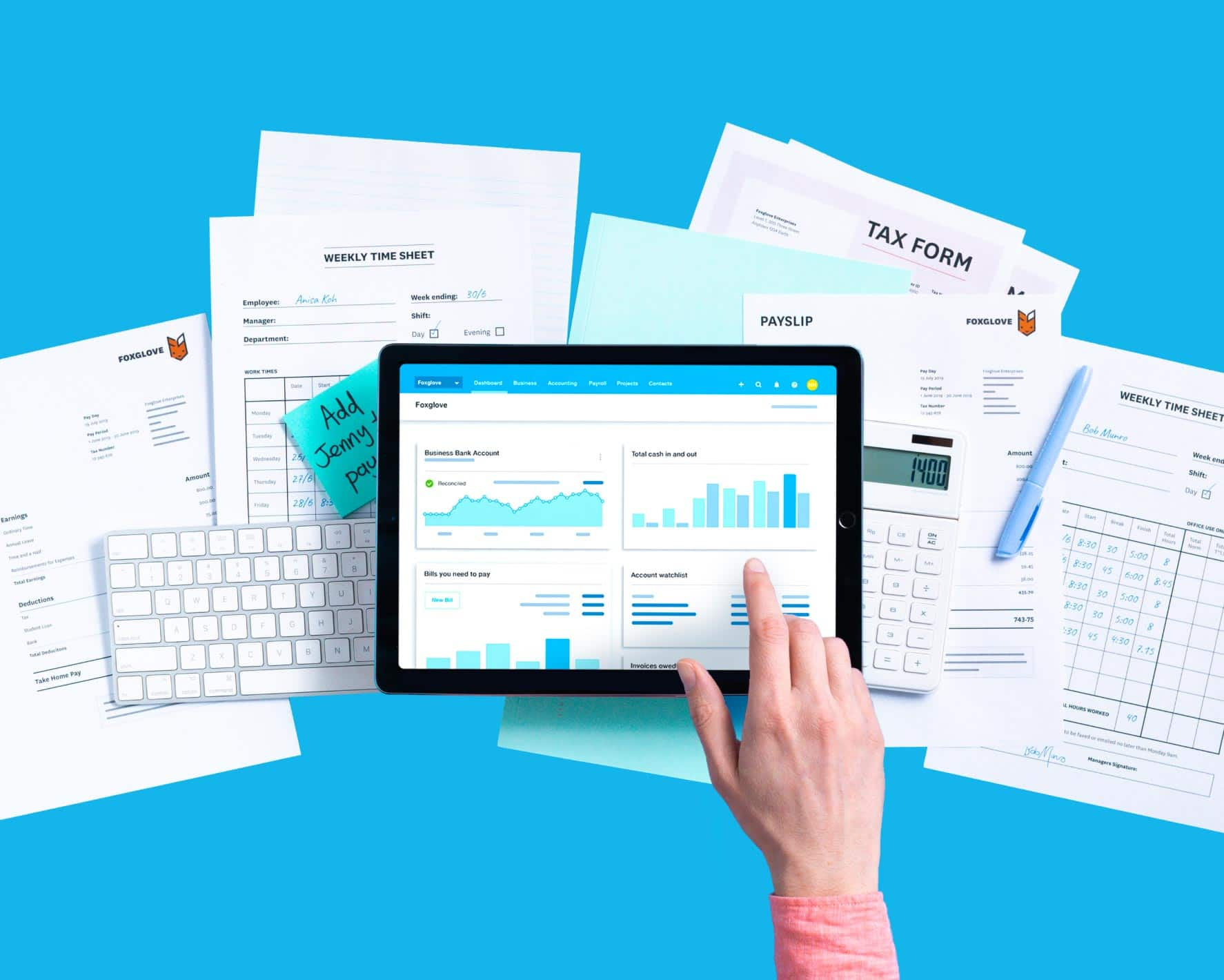EOFY jargon buster
Get EOFY-ready with our helpful list of common terms to help you navigate your end of financial year.

Accounting
Accounts payable: Also known as creditors, is money your business owes to suppliers. This is the total of your bills awaiting payment in Xero.
Accounts receivable: Also known as debtors, is money owed to your business from customers. This is the total amount of your invoices awaiting payment in Xero.
Accrual basis accounting: Income is counted when sales occur, and expenses are recorded when the costs are incurred, not when the cash is received or paid.
Bank reconciliation: The process to confirm all the transactions in your business bank accounts are recorded in your business accounting records.
Cash basis accounting: Income is recorded when cash is received, and expenses are recorded when cash is paid.
Chart of accounts (COA): A list of all accounts you can use to record and categorise your transactions in Xero. This allows you to generate reports about your business.
Depreciation: The monetary value of an asset decreases over time due to use, wear and tear or obsolescence. This decrease is measured as depreciation.
Double entry bookkeeping: For every transaction, an entry is recorded in at least two accounts as a debit or credit. Xero automatically creates the debit and credit entries on the transactions you create.
Fixed assets: Assets that are purchased for long term use and are not likely to be converted quickly into cash, such as land, buildings, and equipment.
Products and services: This is the inventory of goods and services that your business sells.
Tax
Activity statements: These are filed to the Australian Tax Office (ATO) by GST registered businesses to report goods and services tax (GST), pay as you go tax (PAYG), pay as you go withholding tax (PAYGW), and other taxes.
Capital gains tax (CGT): The tax you pay on profits from selling assets, such as investment property and shares. Always seek professional advice.
End of financial year (EOFY): This refers to the time leading up to and just following the end of the financial year period. The Australian financial year starts on 1 July each year and ends on 30 June the following year.
Fringe benefits tax (FBT): A tax that employers must pay when they offer extra items to employees. For example, allowing an employee to use a work car for private purposes. Always seek professional advice.
Goods and services tax (GST): A 10% tax which is added to applicable purchases you make – it applies to most goods, services and other items sold or consumed in Australia. Businesses which are registered for GST add the tax to their applicable sales and can claim the GST included on purchases.
Income tax: Is the amount of tax payable or refundable on the income received, after taking into account deductions. Different entities, such as sole traders or companies, are taxed at different rates.
Income tax return: A report that you file to the ATO which includes information on income and expenses throughout the relevant financial year period. You need to lodge a tax return if you carried on a business, even if your business hasn't earned any income.
Lodgement dates: The key dates to lodge various tax return types to the ATO.
Tax deductions: You can claim deductions for most business expenses if they directly relate to how your business earns its income. For example, you may be able to claim deductions if your business has motor vehicle expenses.
Tax planning: You and your advisor look at your financial affairs and make a plan for the best tax outcome.
Payroll
Pay as you go (PAYG): The system that allows an employee to divide their tax liability into equal payments throughout the year, making it easier to meet their tax obligation. The employer makes those contributions on their behalf by withholding the tax from their pay and passing it on to the ATO.
Pay as you go withholding (PAYGW): The amount withheld from your employees to pay for their tax obligations. This is then passed on to the ATO.
Single Touch Payroll (STP): This requires employers to report their employees’ earnings, tax and super information to the ATO, directly from their payroll system. This must be reported after every pay run has been finalised but no later than the payment date.
Superannuation
Superannuation: The money you pay eligible employees to provide for their retirement.
Superannuation contributions: There are two types of super contributions you can make; concessional and non-concessional:
- Concessional contributions are made from pre-tax income and are capped at $27,500 per year until 30 June 2024 (from 1 July 2021). Concessional contributions include superannuation guarantee contributions, salary sacrifice arrangements and personal super contributions. Please note that from 1 July 2024, the concessional contribution cap will be $30,000. To learn more visit the ATO website.
- Non-concessional contributions are made from post-tax income and are capped at $110,000 per year for the 2023-24 period. For example, additional contributions you make to your own or your spouse’s super. Please note for the 2024-25 period, the non-concessional contribution cap will be $120,000. To learn more visit the ATO website.
Superannuation guarantee (SG): Employers are generally required to contribute a certain percentage of their employees’ ordinary time earnings to super, these are known as superannuation guarantee (SG) contributions.
Reports
Balance sheet: This reports your business' financial position as at a selected date. The balance sheet displays asset, liability and equity accounts.
Profit and loss: This statement summarises a business' income and expenses.
Statement of cash flows: This reports how your business has received and used cash. It’s important to look at this to forecast if your business has enough cash to continue to operate or grow.
Take control of end of financial year with Xero
Get your books in order before end of financial year in Australia, with help from our webinars, videos, and guides. Because when you know your numbers, tax time becomes a little less taxing.
Find out more about EOFY with Xero
Start using Xero for free
Access Xero features for 30 days, then decide which plan best suits your business.